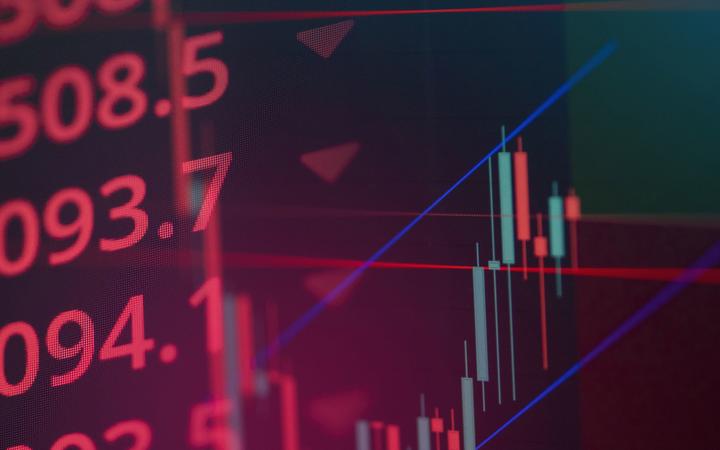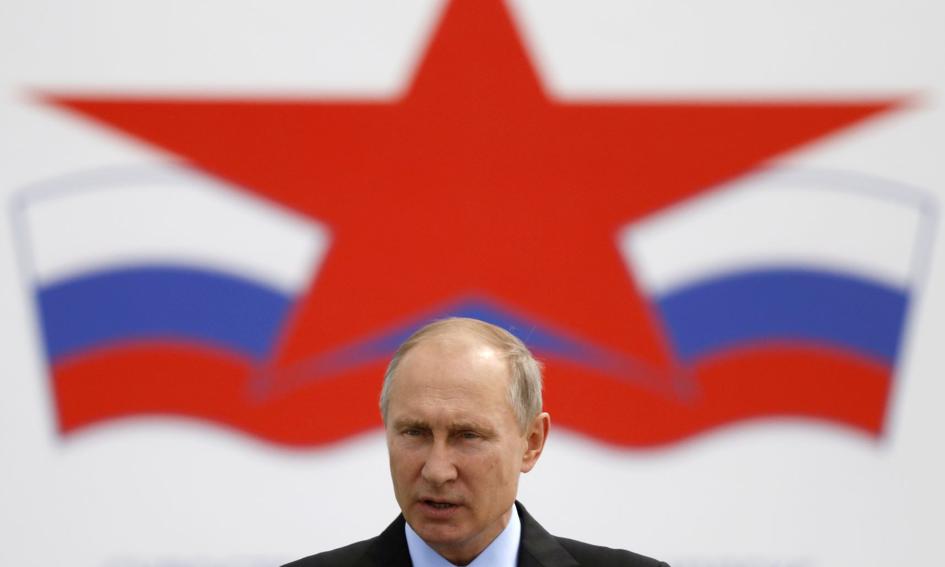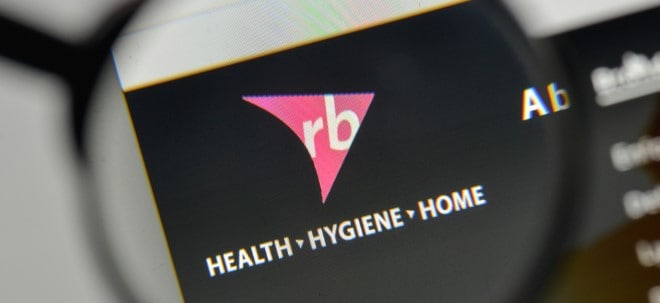In the parallel market, the currency is trading higher and the trend could continue in this way. Look what the price of the euro blue is today
- ICBC: $120.70
- Nation: $120.50
- Itaú: $121.30
- Santander: $119.50
The value of the euro blue has a substantially higher difference with the official euro because the latter is the one that is acquired in banks and has an established price.
 What is the price of the euro blue today
What is the price of the euro blue today What is the reason why call it euro blue? Just like the dollar blue, the euro blue is the one that circulates in the parallel market and usually has a higher value than the official one. One of the reasons for its name indicates that it is so called because in English, “blue”, in addition to naming the color blue, refers to something “dark” . This is how the currency exchange is recognized outside the exchange system. The term euro blue began to be used as of 2011, as a consequence of the restrictions for the acquisition of foreign currency that began to be applied by the Federal Administration of Public Revenues (AFIP) and the Central Bank of the Argentine Republic under the government of Cristina Kirchner. These these obstacles, known as “exchange trap“, were re-imposed during the end of Mauricio Macri’s presidency and gained further momentum in December 2019, after the announcements of President Alberto Fernández on the Economic Emergency Law and that were deepened throughout 2020 with the exchange rate. This causes the sectors that travel abroad to opt for the purchase of euros on the black market, thus generating an increase in the price of the euro blue. The term euro blue began to be used from 2011, due to the imposition of the exchange rate
The term euro blue began to be used from 2011, due to the imposition of the exchange rate
 The term euro blue began to be used from 2011, due to the imposition of the exchange rate
The term euro blue began to be used from 2011, due to the imposition of the exchange rateThis is the origin of the Euro
The euro was launched on January 1, 1999, when 10 countries fixed their exchange rates and handed over interest rate decisions to the newly created European Central Bank. Euro notes and coins entered circulation three years later. The shared currency was seen as a solution to the constant disputes over exchange rates that had marked European politics after the Second World War and as a logical extension of the tariff-free trade zone of the European Union. Britain, in particular, opted out, but 19 of the 27 EU countries use the euro as their national currency. Those who make up the euro area, also called “eurozone” are:
- Austria
- Belgium
- Cyprus
- Estonia
- Finland
- France
- Germany
- Greece
- Ireland
- Italy
- Latvia
- Lithuania
- Malta
- Netherlands
- Portugal
- Slovakia
- Slovenia
- Spain
Luxembourg
Know the value of the dollar in Dollar Today and follow the price and behavior minute by minute. CLICK HERE
Note: This article have been indexed to our site. We do not claim legitimacy, ownership or copyright of any of the content above. To see the article at original source Click Here













